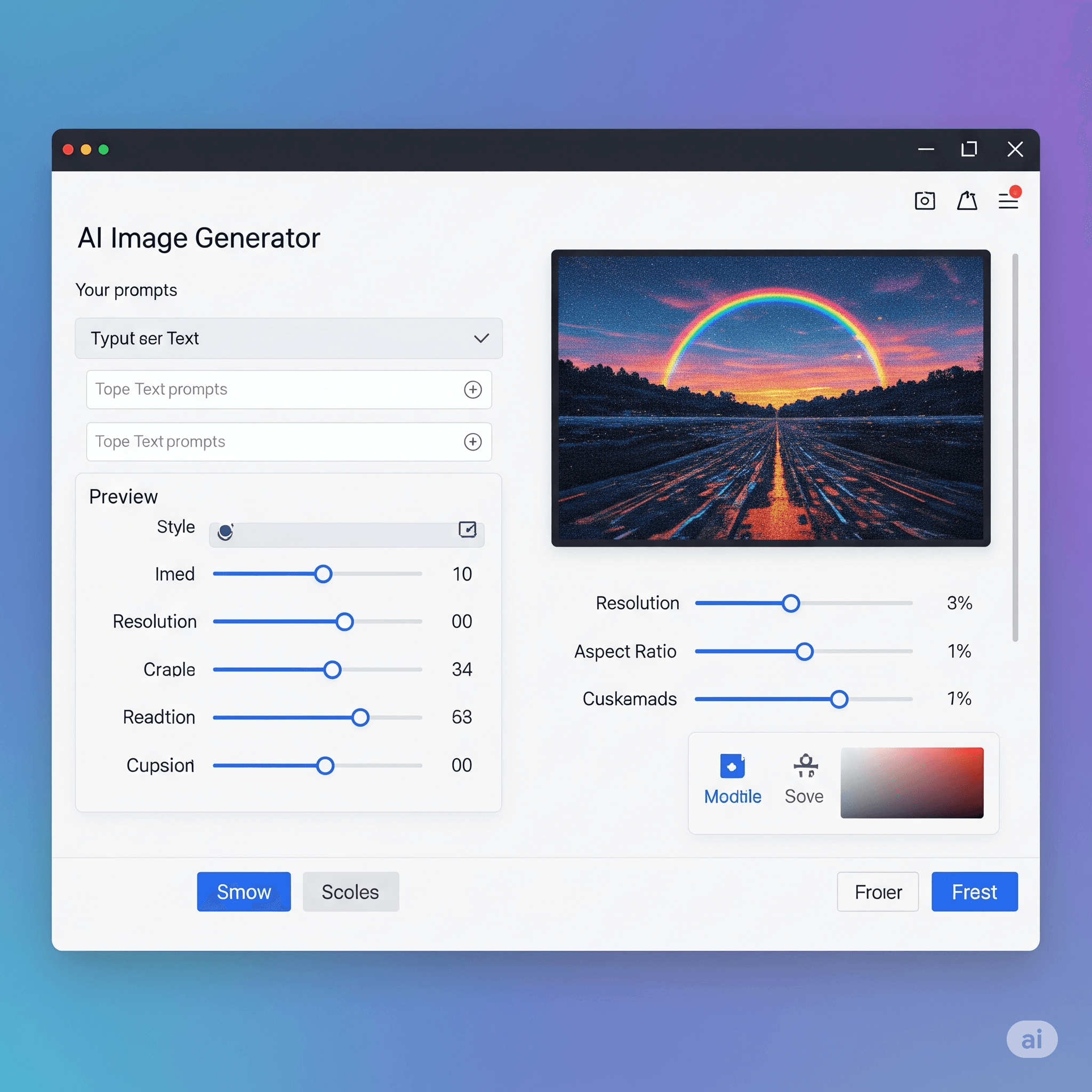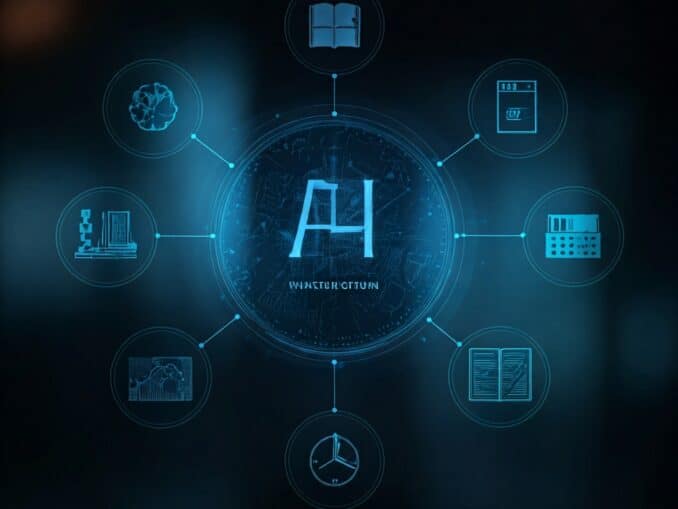Question: What is the most common tool used to restrict access to a computer system?
Answer:
The most common tool used to restrict access to a computer system is a "password."
A password is a form of authentication that requires users to provide a unique combination of characters to verify their identity and gain access to a computer system, an application, a network, or specific resources. It serves as a barrier to prevent unauthorized individuals from accessing sensitive information or performing actions on the system.
Passwords are typically created by users and should be kept secret and known only to the authorized individual. They can be a combination of letters, numbers, and special characters, and their strength can be enhanced by using a mix of uppercase and lowercase letters, as well as avoiding easily guessable information.
When a user attempts to access a computer system, they are prompted to enter their username or user ID along with the corresponding password. If the entered password matches the stored password associated with that user account, access is granted. If the password is incorrect, access is denied.
Passwords are an essential aspect of computer security and access control. They provide a relatively simple and widely adopted method of restricting access to a computer system. However, it's important to note that the strength and effectiveness of passwords depend on various factors, such as their complexity, uniqueness, and how securely they are stored. It is advisable to follow best practices for password management, including using strong passwords, regularly updating them, and avoiding password reuse across multiple accounts.
In addition to passwords, other access control mechanisms such as biometric authentication (fingerprint, face recognition), two-factor authentication (2FA), and access control lists (ACLs) are also used to restrict access to computer systems, depending on the level of security required and the specific context of the system being protected.
MCQ: What is the most common tool used to restrict access to a computer system?
Explanation:
The most common tool used to restrict access to a computer system is a "password."
A password is a form of authentication that requires users to provide a unique combination of characters to verify their identity and gain access to a computer system, an application, a network, or specific resources. It serves as a barrier to prevent unauthorized individuals from accessing sensitive information or performing actions on the system.
Passwords are typically created by users and should be kept secret and known only to the authorized individual. They can be a combination of letters, numbers, and special characters, and their strength can be enhanced by using a mix of uppercase and lowercase letters, as well as avoiding easily guessable information.
When a user attempts to access a computer system, they are prompted to enter their username or user ID along with the corresponding password. If the entered password matches the stored password associated with that user account, access is granted. If the password is incorrect, access is denied.
Passwords are an essential aspect of computer security and access control. They provide a relatively simple and widely adopted method of restricting access to a computer system. However, it's important to note that the strength and effectiveness of passwords depend on various factors, such as their complexity, uniqueness, and how securely they are stored. It is advisable to follow best practices for password management, including using strong passwords, regularly updating them, and avoiding password reuse across multiple accounts.
In addition to passwords, other access control mechanisms such as biometric authentication (fingerprint, face recognition), two-factor authentication (2FA), and access control lists (ACLs) are also used to restrict access to computer systems, depending on the level of security required and the specific context of the system being protected.
Discuss a Question
Related Questions
- 1. Hardware or software designed to guard against unauthorized access to a computer network is known as a(n):
- 2. The scrambling of code is known as:
- 3. To prevent the loss of data during power failures, use a(n):
- 4. ——Is defined as any crime completed through the use of computer technology.
- 5. —— refers to electronic trespassing or criminal hacking.
- 6. The first electronic computer was developed by
- 7. Snowball is an/a———
- 8. Switching device of fifth generation computer is——–
- 9. ———- computers operates essentially by counting
- 10. ———- computer is small general purpose micro computer, but larger than portable computer
You may be interested in:
Computer Basics MCQs






